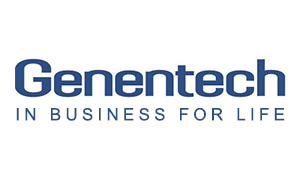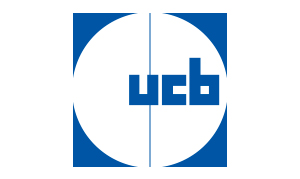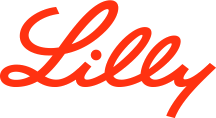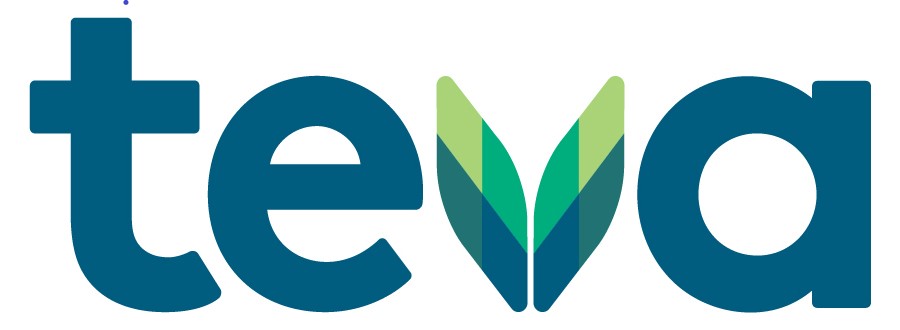As medical practices face the rising pressure to improve efficiency, boost patient satisfaction and increase bottom lines, patient flow will play an important role in managing a successful practice. So what is patient flow, and why does it matter? Keep reading to find out why it’s important to you and your practice.
What is patient flow?
Patient flow is the progression of patients through a practice in a seamless and functional manner. When a practice incorporates an efficient patient-flow strategy, patients are able to move from registration to check-out in a way that enhances the patient experience. Studies show that quality patient-flow tactics ensure that practices are operating at the highest efficiency while reducing costs and boosting revenue. In addition, when patients can easily navigate through a practice and promptly see a doctor, this leads to a positive experience and better results. Improving patient flow at your practice doesn’t have to be time-consuming or costly. Here are four simple patient flow strategies that can be applied at any medical office.
Make it obvious.
Patients shouldn’t have to think about where they are supposed to be. Take some time to map out your office. Write down every possible place that patients may need to be throughout a visit to your office. Start at the very beginning of their appointment, from parking outside and go through the entire process. Then examine the places you think you’ll need to put signs to direct patients. These may be in the parking lot, lobby and exam rooms. Ask people who have never been to your office to come in and try to navigate on their own. Have them let you know where any potential trouble spots may be.
Keep traffic running smoothly.
When patients cross paths with one another, it can cause bottle-necking and patient frustration, ultimately reducing patient flow. Have separate check-in and check-out areas. Or consider creating areas based on appointment type. Patients visiting your office for a routine physical could take a different path to and from exam rooms than patients who are sick.
Make room for your staff and their needs.
Healthcare practices are not just filled with patients, but staff as well. Try to create room for them to travel freely. Consider installing stations where staff can quickly write notes after a visit without needing to travel back to an office. These work stations put physicians in the middle of the flow, enabling them to complete notes quickly, view records and keep moving swiftly.
Stay organized.
Be smart about where you store important items. Medical supplies should be easily accessible to doctors and staff. Consider where supplies are kept, how often they’re restocked and how staff members reach them. You may need to put supplies in a central storage area or a mobile cart and keep each exam room fully stocked as well. The key is to make sure that supplies never slow down the flow and fluidity of your practice.
Patient flow ensures that health practices operate at full capacity, doctors maximize time with patients and processes that waste time are eliminated. For more tips on running a smooth and efficient practice, check out our blog.
Posted by











